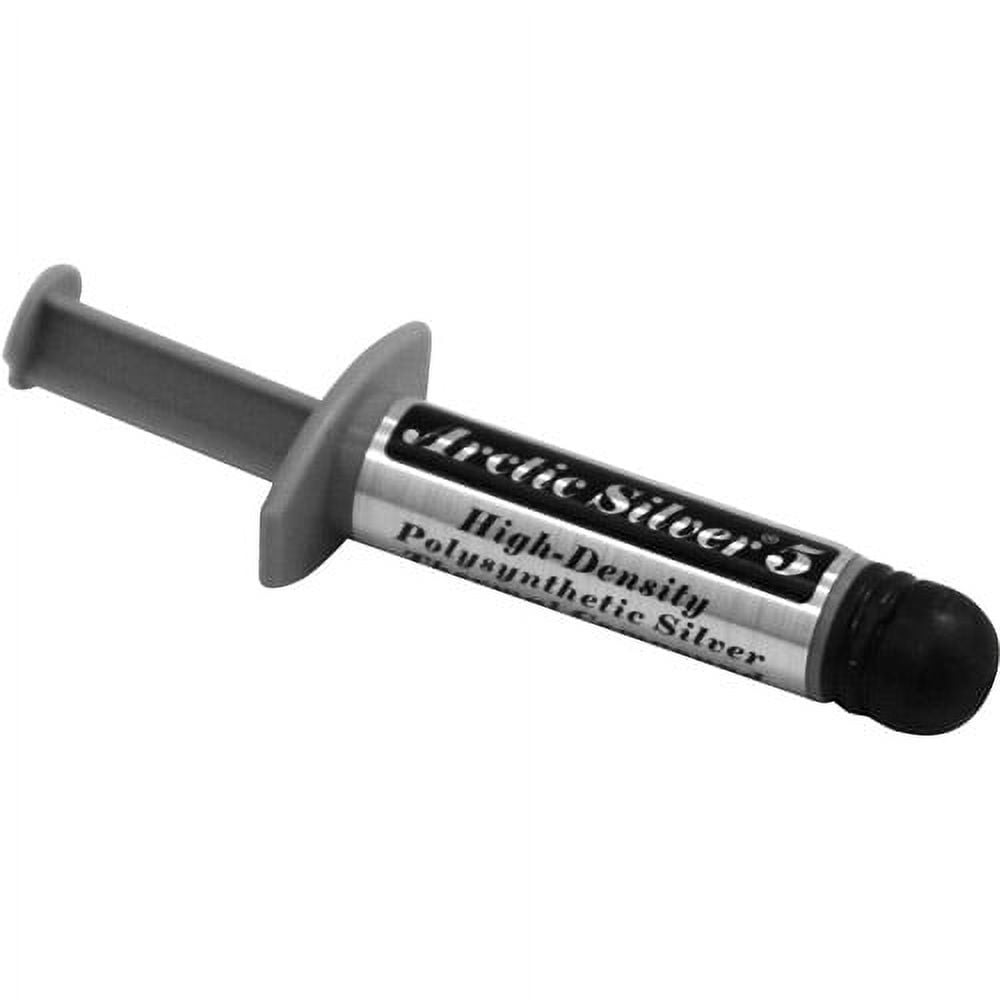Yogi
Member
- Joined
- Aug 8, 2018
- Messages
- 13
- Reactions
- 23
- Age
- 63
I was just rereading through this thread and noticed where someone had mentioned there is a 1+ mm gap between the heatsink and the aircraft frame. HaloweenHamster's picture doesn't really make that claim evident. There definitely appears to be a significant gap around the heatsink contact points, but the heatsink contact points themselves appear to be making good solid contact to the frame, or at least as well as can be expected for mass produced mating surfaces. If you have a 1+ mm gap between your actual heatsink mating surfaces, you have a problem that needs to be addressed.
If anyone wanted to get super-serious about heat transfer, the next step would be to lap the mating surfaces. It's one of the new rages in getting heat out of CPUs, and it's quite effective ... that and delidding of course, which is a whole other kettle of fish.
Long story short, heat will kill your electronics quicker than a low voltage spike. You want to be able to get rid of as much of it as you can, as fast as you can.
If anyone wanted to get super-serious about heat transfer, the next step would be to lap the mating surfaces. It's one of the new rages in getting heat out of CPUs, and it's quite effective ... that and delidding of course, which is a whole other kettle of fish.
Long story short, heat will kill your electronics quicker than a low voltage spike. You want to be able to get rid of as much of it as you can, as fast as you can.












